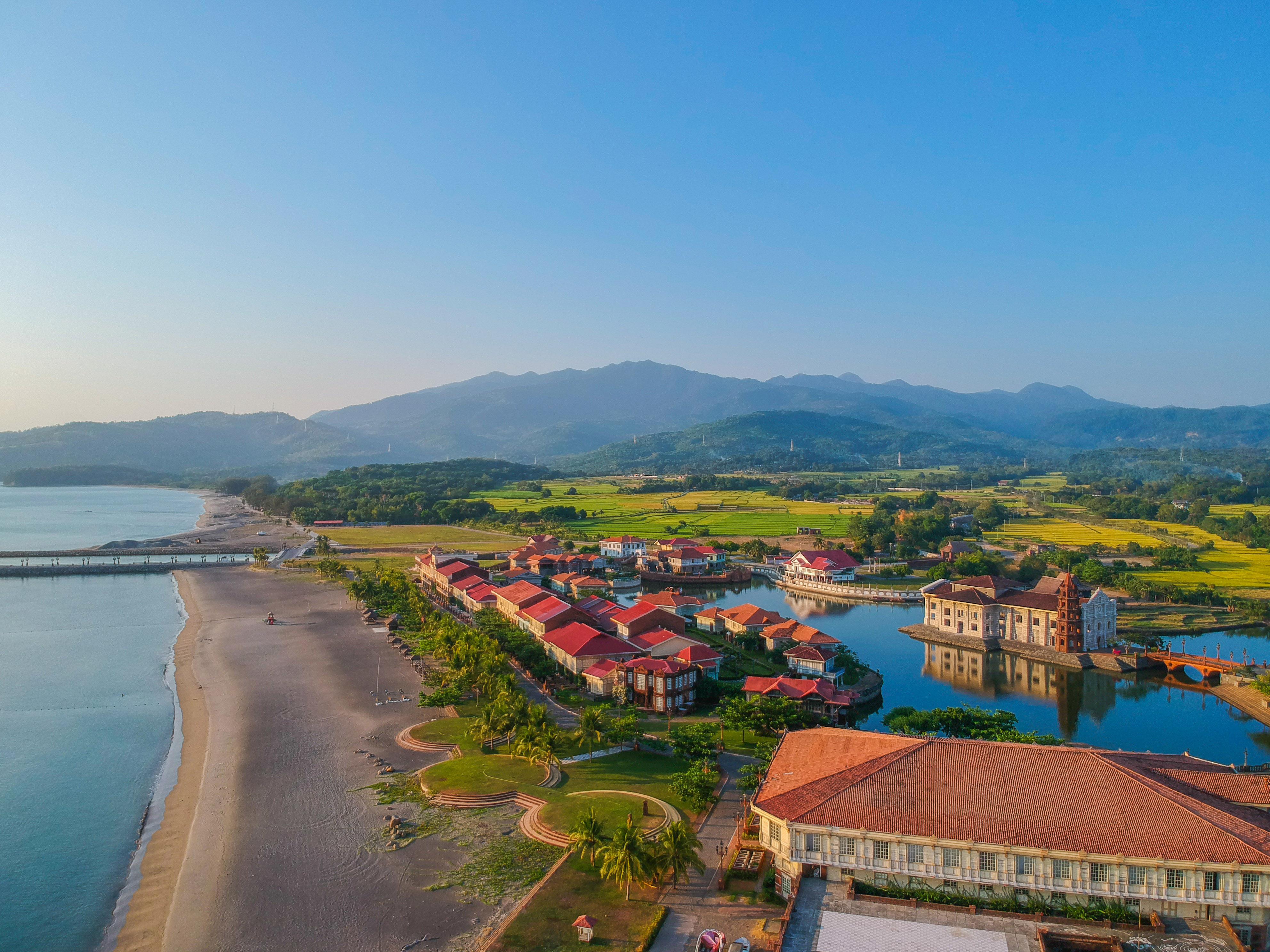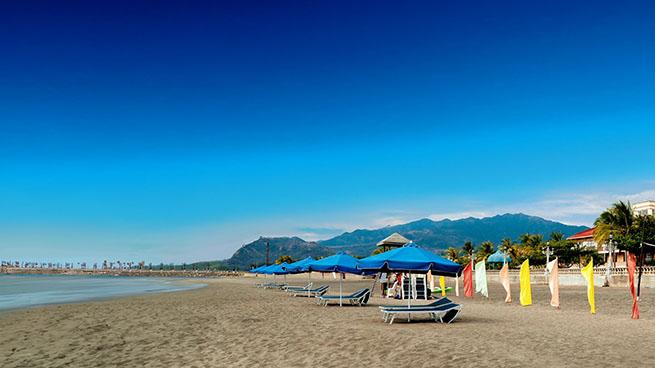With the ongoing battle against the global coronavirus pandemic, the Philippine tourism industry experienced a 73% decline in foreign visitor arrivals for the first seven months of 2020 as compared to data from the same period in 2019.
Tourism Undersecretary Benito Bengzon Jr. said only about 1.3 million visitors from January to July 2020 have been recorded which is significantly down from the 4,852,107 international tourist arrivals for the same months in 2019.
Bengzon Jr. also reported that tourism revenue dropped 72% to PHP81 billion for the same period likewise.
“Clearly the tourism industry has been severely affected by the pandemic and of course this is a result of the travel restrictions that were imposed in the middle of March,” he said in an interview over ANC.
Back in March 2020, the Philippine government issued numerous travel restrictions and advisories to foreign visitors as a result of the coronavirus rapidly spreading all around the World.
With practically no foreign travelers visiting the Philippines, Bengzon however, is optimistic that local travel could boost the industry as soon as tourism activities fully resume and local destinations begin to reopen.
Further, Bengzon said that 10.8% of the country’s GDP could be attributed to domestic tourism. Based on the latest data from the Philippine Statistics Authority, the domestic tourism expenditure reached PHP3.1 trillion while the inbound was pegged at PHP548.8 billion in 2019.
“We have a very huge domestic tourism base. Last year, there were about 109 million domestic trips. And we’re very confident that as we open up local destinations, it will be the local tourists who will be creating or stimulating the demand,” Bengzon said.
Bengzon noted that the entire travel industry is hoping to get assistance through the bills that are being pushed in Congress.
A financial aid worth PHP10 billion is allocated to the tourism industry under the proposed Bayanihan to Recover as One Act (Bayanihan 2).
In the approved House version, however, the amount originally appropriated for working capital loans was realigned to infrastructure, a move that was contested by various tourism stakeholders.
“We have been virtually shut down for close to 150 days with no sources of income. Infrastructure development can resume as we head into normalcy but for now, the priority of stakeholders is financial assistance in the various forms of what is in the provisions of the bill,” Tourism Congress of the Philippines President Jose Clemente III said Monday.
In a position paper, the DOT agreed that the sector needs “direct” financial assistance more and proposed that the reconciled version of the Senate and House bills provide PHP9.5 billion to finance DOT programs for critically impacted businesses in the industry through low-interest loans.
Also proposed in the report was a PHP500 million budget to set up COVID-19 testing centers in tourist destinations identified by the DOT as well as to generate employment in partnership with local government units and the Department of Health.
“We affirm therefore that at this stage of the crisis where we are now looking at the recovery and resiliency of the industry, our priority based on consultations with the stakeholders are fiscal and monetary measures supporting tourism directly. These will range from economic relief to tourism businesses, rather than an infrastructure component which is not the priority at the moment,” it said.






